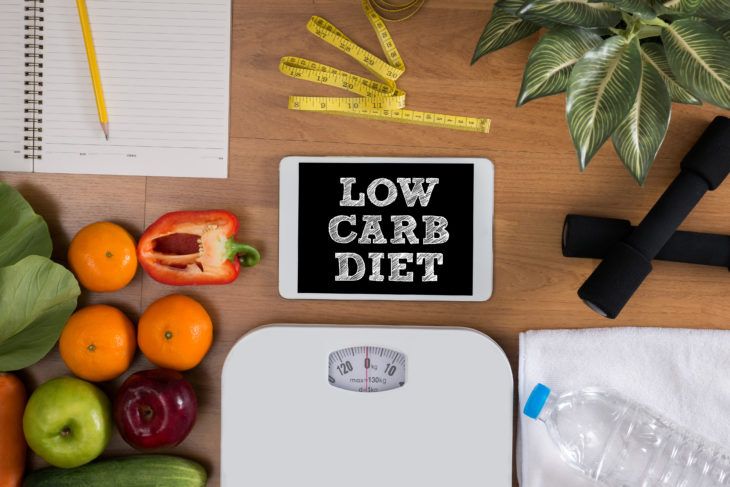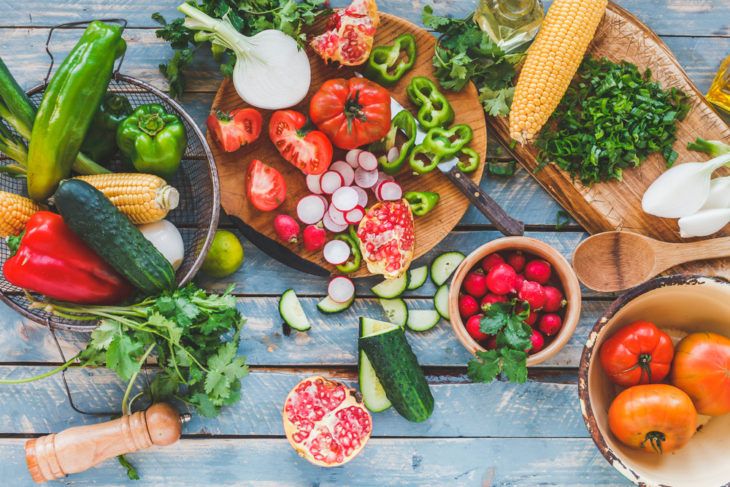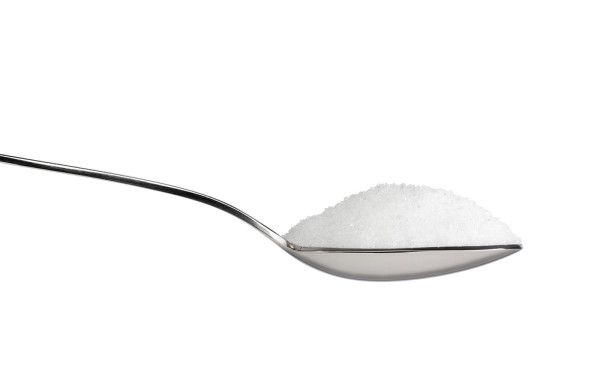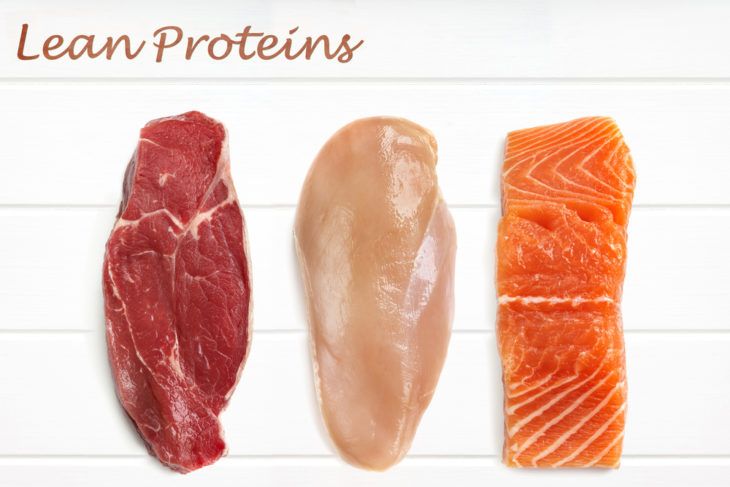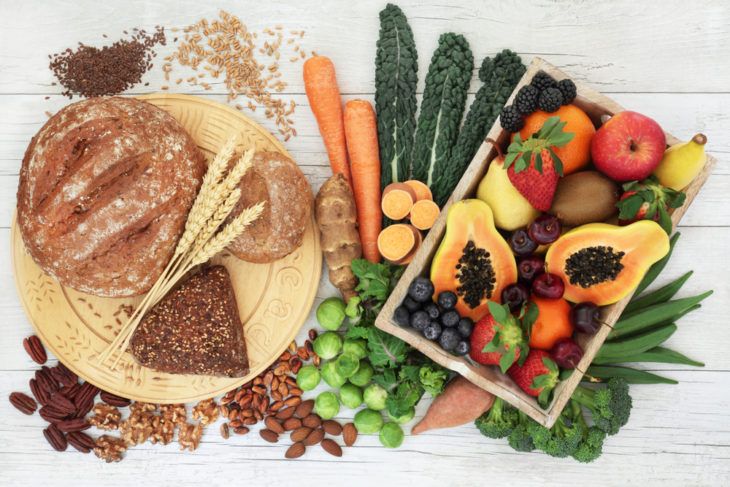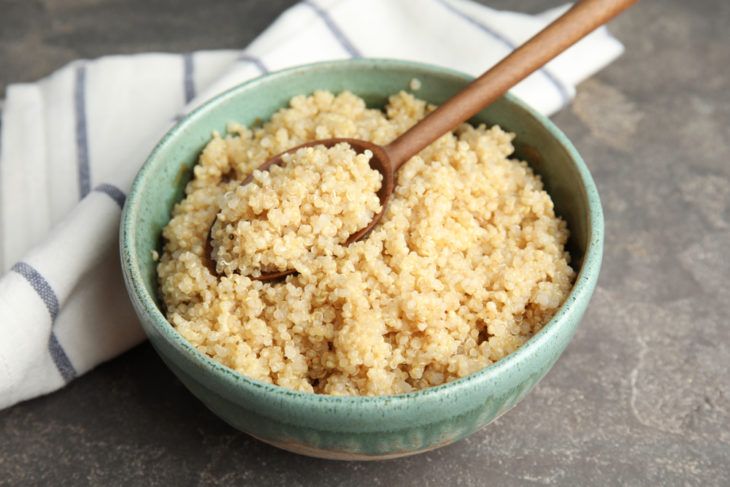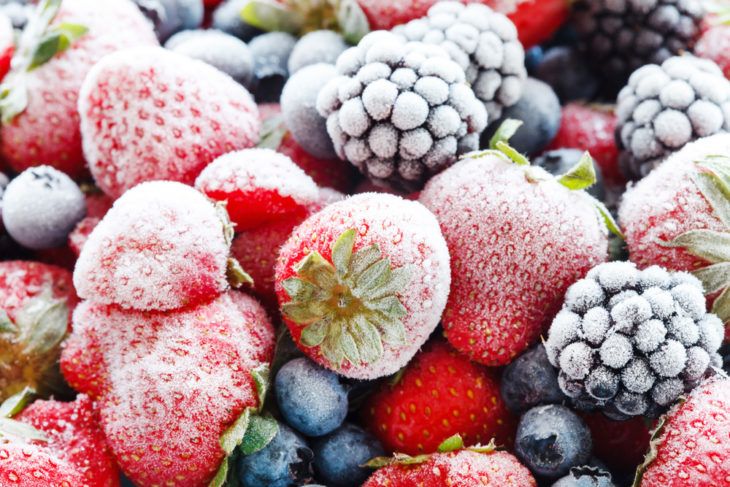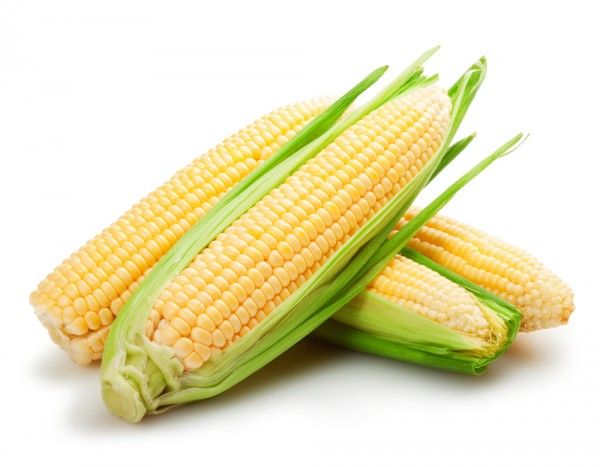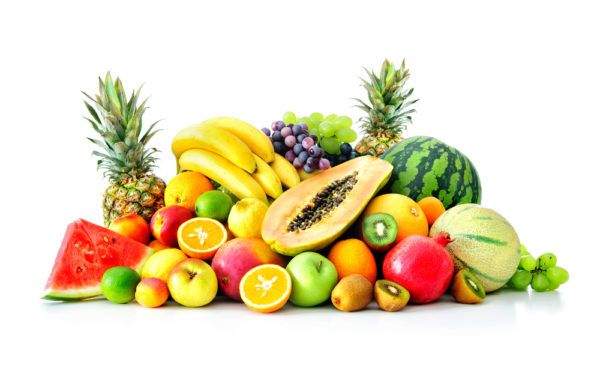Being diagnosed with type 2 diabetes can be very scary, and for good reason: failing to make important lifestyle — and especially diet-based — changes can result in serious damage to some of your major organs, including the kidneys and heart. Unfortunately, a growing number of North Americans face this significant health challenge every day.
The good news is that you can enjoy a fairly normal life by ensuring that you make a few critical changes to your diet. It’s all about avoiding certain foods while adding more fruits, vegetables, and whole grains to your diet on a daily basis. So, what kinds of foods should you be eating and what, exactly, should you be avoiding? Let’s take a closer look.
Monitor Your Carb Intake
The first thing you will need to do following a diagnosis of type 2 diabetes is start to follow your intake of carbohydrates much more closely. That’s because foods high in carbohydrates, like bread, rice, and cereal, are most likely to raise your blood glucose levels to dangerous heights, potentially damaging major organs like the kidneys.
That doesn’t mean you have to cut out carbs altogether. In fact, consuming carbs at important moments, like when your blood sugar levels dip, can help you keep your blood glucose at a healthy point. To be safe, it’s best to start paying closer attention to the number of carbs in your food and to establish a clear idea of how many carbohydrates you can consume before your blood sugar levels begin to threaten your overall health. Although rates will vary on an individual basis, carbs shouldn’t account for more than about two-thirds of your total calories consumed.
Load up on Veggies
Being diagnosed with type 2 diabetes means making a number of important changes to your diet, none more important than adding more vegetables to your plate at each and every meal. Why? Because unlike carbohydrates, and even fruit, vegetables generally have very little sugar, meaning they can play a key role in helping you maintain healthy blood sugar levels.
To assist with this, start a new policy: save half your dinner plate for vegetables alone. That means cutting back a bit on protein and significantly on carbohydrates like rice, potatoes, and bread. By designating half your plate for veggies, and particularly non-starchy vegetables like kale, spinach, or asparagus, you can help maintain a fairly normal lifestyle while living with type 2 diabetes.
Cut Back on Sugar
The first thing you should do upon receiving a type 2 diabetes diagnosis is head to the produce section of your nearest market or grocery store. That’s where you’ll find the non-starchy vegetables — from asparagus to artichokes and green beans — that should start taking up more of your plate than before.
The second step following that diagnosis: cut back on your sugar and processed carbohydrate intake right away. Processed carbs include most pre-packaged white bread and snacks like chips, chocolate bars, and candy. Basically, if it tastes sweet and was made in a factory somewhere, you’re going to need to carefully monitor how much of it you consume moving forward.
Increase Protein Intake
One good way to maintain healthy blood sugar levels following a type 2 diabetes diagnosis: consume a moderate amount of protein and particularly lean proteins from less processed foods. This is typically easier if you’re a carnivore, as it can mean consuming more chicken breast and turkey breast, both of which are low in fat and calories but high in protein.
Things are a little trickier for the vegetarian and vegan crowds. These groups can get more lean protein by eating more beans, nuts, and tofu than before. Of course, there’s also whey protein powder, which can be added to a shake or smoothie, and quinoa, a grain that’s very high in lean protein.
Limit Sodium Consumption
Being diagnosed with type 2 diabetes isn’t just about eating more vegetables and fewer carbohydrates. While these are important steps to follow, it’s also important to cut back on your consumption of sodium, or salt.
Why is this so important? Because consuming too much salt can lead to high blood pressure, which can place a lot of strain on the heart. This would be a concern for anyone, even those not dealing with type 2 diabetes. But it’s a serious concern for diabetes patients because they’re already at an increased risk of struggling with heart disease or stroke.
Boost Fiber Intake
In addition to boosting your intake of lean proteins, it’s important to follow a type 2 diabetes diagnosis by increasing your consumption of fiber. Now, it’s important to get lots of fiber regardless of your health status, as it plays a crucial role in helping us feel full — thereby limiting the chances that we overindulge in processed foods or high-sugar foods — while assisting with the digestive process.
Fiber is available in a lot of different foods but is mostly found in fruits, vegetables, and whole grains, all of which you’ll want to eat more of following a diagnosis of type 2 diabetes. Simply increasing your consumption of vegetables and cutting back on your intake of processed foods like white bread and rice can help make a huge difference.
Avoid Processed Meats
A type 2 diabetes diagnosis should lead an individual to think much more carefully about the food they consume. Why? Because diabetes places a lot of pressure on the body and specifically the major organs, especially the heart and kidneys.
That means it’s important to avoid highly processed meats like hot dogs, sausage, pepperoni, jerky, and bacon, all of which tend to include a lot of sodium and nitrates that could increase one’s risk of developing colon cancer. The central issue is salt, which can increase blood pressure and jeopardize the health of the heart, which is already under threat by diabetes.
Give Quinoa a Go
If you’ve never tried it, give quinoa a go. This unique grain, which has rapidly gained popularity in recent years, boasts about twice the fiber of most other grains. It’s also very high in protein, which makes it an excellent choice for individuals who follow a vegan or vegetarian diet.
This also makes quinoa an ideal food for people with type 2 diabetes, as it can really help them regulate their blood glucose levels and protect the health of major organs. Additionally, quinoa is high in iron, lysine, magnesium, riboflavin, and manganese, all of which can help keep you feeling healthy and energized.
Don’t Ditch Dairy
It used to be that dairy products like milk and eggs enjoyed the support of most diet and fitness experts, but that’s changed in recent years. Today, some health professionals point to high levels of fat, calories, sugar, and cholesterol in dairy products as a reason to seriously limit their consumption.
But taken in moderation, dairy products can be a big help for type 2 diabetes patients. The key is choosing more healthy dairy options, including skim milk, low-fat yogurt, egg whites, and low-fat cheese. These products tend to be high in protein and calcium, which means they can play an important role in maintaining our overall health and preventing us from over-indulging in less healthy foods.
Frozen is Fine
Making the shift to a diet higher in fruits and vegetables — and away from highly processed foods — can present some logistical issues. Specifically, fresh fruit and veggies don’t last that long, in some cases just a few days, while more processed foods, such as canned goods, can often last for months or even years before spoiling.
That’s why it’s important to try frozen foods, including frozen fruits and vegetables. So long as they aren’t coated in sugary sauces or juices, they’re just as healthy as the fresh variety and they’ll last for much, much longer. On top of that, they can help you craft a cold and healthy treat, like smoothies, that can help you stay cool during the warmer months.
Limit Intake of Sweet Veggies
You’ve probably developed the idea that any vegetable is a healthy veggie, and when compared to processed foods and fatty proteins, that’s true. But there are some vegetables that have higher sugar content and, as such, should be enjoyed in moderation rather than eaten at every meal, especially if you’ve been diagnosed with type 2 diabetes.
So, what veggies are high in sugar and carbohydrates? Unsurprisingly, corn, which is often used to create synthetic sweeteners like high-fructose corn syrup, shouldn’t be eaten in abundance. The same goes for potatoes, both white and sweet, and peas and beets. While you shouldn’t avoid these foods altogether, keeping their consumption in check is advised.
Focus on Fruit
Eating more fruit is certainly a good idea after being diagnosed with type 2 diabetes, but it’s important to watch your consumption of sweeter fruits, like watermelon or bananas, which can increase your blood sugar levels.
That said, eating a moderate amount of fresh and frozen fruit is generally a good way to go. However, you’ll want to seriously restrict your consumption of dried fruit, which can be higher in sugar and may even have sugar added, and fruit juice, which is often made from concentrate. Also, keep in mind that some fruit juice contains very little fruit at all and may have more in common with sugary beverages like soda.

 Home
Home Health
Health Diet & Nutrition
Diet & Nutrition Living Well
Living Well More
More